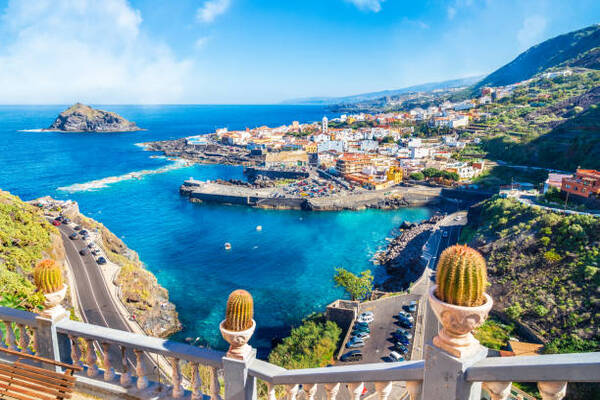Tuesday, March 18, 2025
In a significant victory for sun-seeking Britons, Spain’s Canary Islands has quickly reversed its plan for a controversial tourist tax. The push for a regional-level visitor levy through Parliament has gained momentum, following a series of protests that swept across the archipelago last year.
Although the Canary Islands government, led by Coalición Canaria (CC), has firmly dismissed this proposal, local officials in Mogán, Gran Canaria, have taken a different approach. In January of this year, the popular seaside town introduced a modest fee of €0.15 (approximately 13p) per person, per day.
As mentioned earlier, the proposed funds were intended to support public services that have suffered due to the influx of tourists, as well as fund initiatives aimed at sustainability and conservation. For example, a couple planning a week-long stay at the resort would have faced an additional charge of €2.10 (£1.76).
Just 24 hours after the tax was implemented, the Canary Islands High Court of Justice (TSJC) intervened, halting the policy, calling it ‘unclear’ and ‘poorly drafted.
Local reports indicate that the tax will remain on hold while the TSJC examines the council’s defense, which Mogán intends to present once it receives formal notification from the court. The Federation of Hospitality and Tourism (FEHT) argues that the levy would create “unnecessary administrative burdens” for the hospitality industry, contradicting the principles of fairness and cost reduction.
As tourist taxes become more prevalent across Europe, public perception is beginning to shift. According to data from the Tourist Spending Survey conducted by the Canary Islands Institute of Statistics (ISTAC), three out of four travelers would be open to paying a tourist tax, with most willing to contribute €1 or €2 per day.
This policy could potentially generate an impressive €250 million (£207 million) annually, as tourist arrivals to the Spanish islands keep increasing. In the past year, a remarkable 18 million visitors flocked to these popular destinations, despite growing concerns from residents who feel priced out of the housing market.
